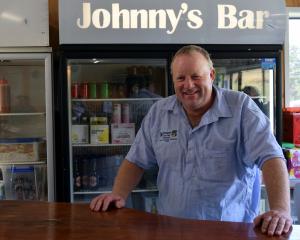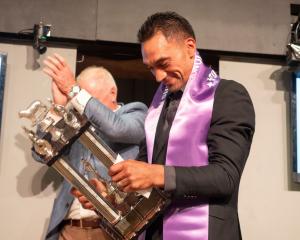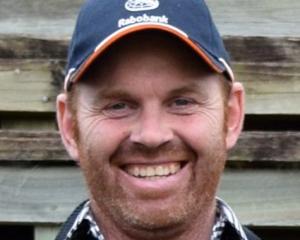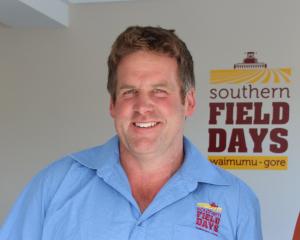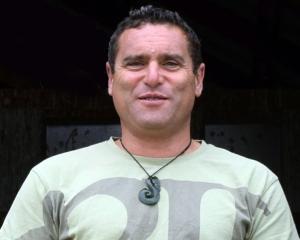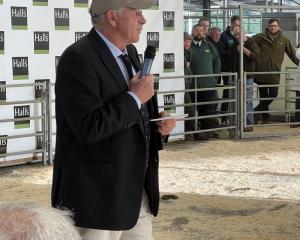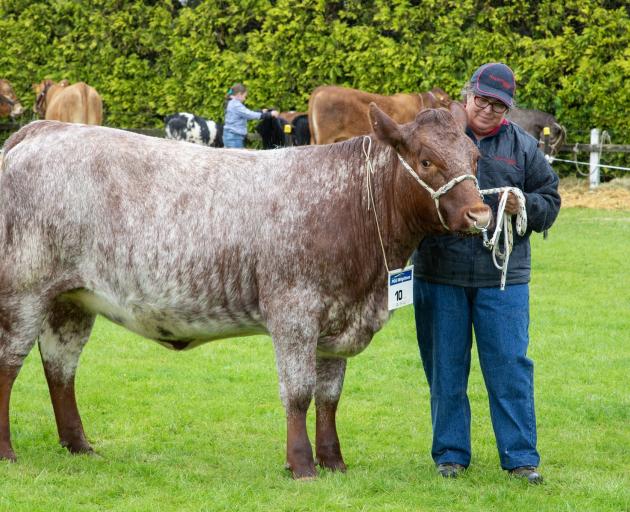

I have the most western shorthorn stud in New Zealand. My grandpa Ebenezer, who everybody called Ben, had a mob of all sorts of cows and a shorthorn bull in the 1930s.
My dad David bought shorthorn cows from a clearing sale in the 1950s and that started the pure shorthorns on Westwood Farm.
Q. Tell me about your sheep and beef farm Westwood?
I run Westwood Farm in Tuatapere with my brothers Quinton and Eric. The farm is 455ha, made up of four blocks, with the first block having been in the family since 1885. We run about 4400 stock units — 120 beef shorthorn breeding cows and replacements and 2550 Romney ewes and replacements.
Q. Why did you put your hand up for the president role?
It is the second time a woman has been the president. I’ve been on the council for nearly 10 years including as treasurer for four years and vice-president for the last couple of years.
It is a privilege to be elected president and it is going to be a challenge.
Q. What is the challenge?
To convince farmers that beef shorthorns make a good cross and are a good breed to buy. By crossing shorthorns over other breeds offers you free growth, or what they call hybrid vigour and hopefully increase a farmer’s bottom line, which is the reason for the association launching the progeny trial with the help of Beef + Lamb New Zealand.
Q. What is the trial?
Former president and current council member Russell Proffit helped establish a shorthorn progeny trial on his brother Bevan’s farm in the North Island. For the trial, about 350 cows were being mated to three breeds, shorthorn, Angus and Hereford to be able to make comparisons. The first offspring of this trial have been weaned and are now at Russell’s farm being fattened and we await the second crop of calves this spring.
Q. How has the weather been on Westwood this year?
We had a wet start. We had 130mm rainfall in March. We had 429mm during the first three months of the year, which is 34% of our annual average. We’ve had a wet April as well.
Q. What impact has the wet had on your operation?
It has been an absolute shocker trying to fatten lambs and get them away because lambs need warmth and clover. Although this year, for the first time in ... years, we broke even with our shearing because we’ve got a little bit more for our wool than other years.


